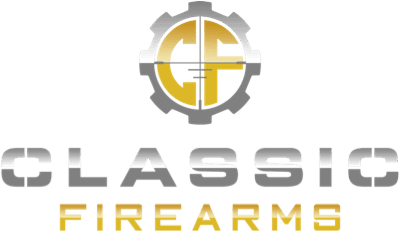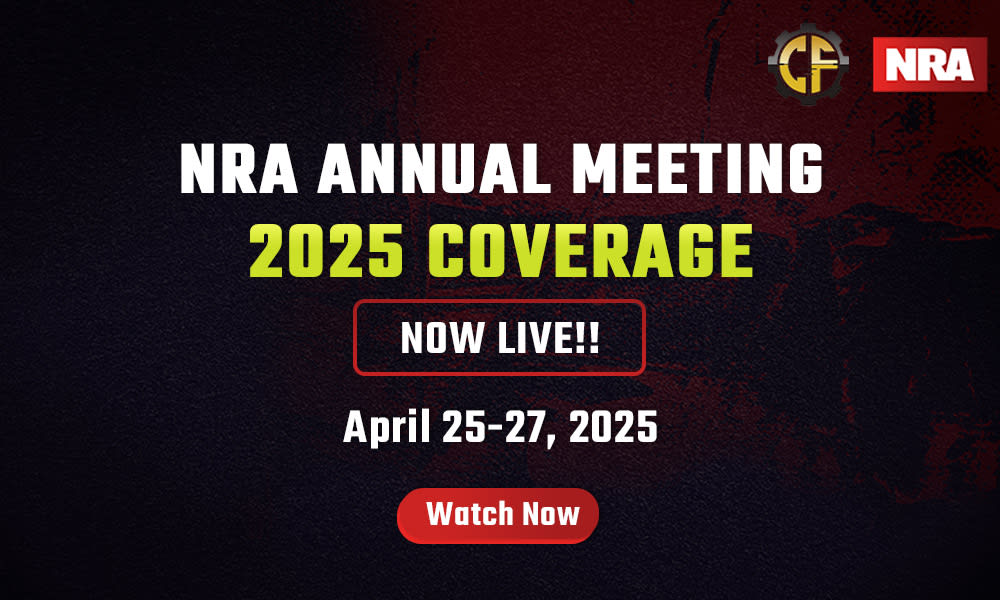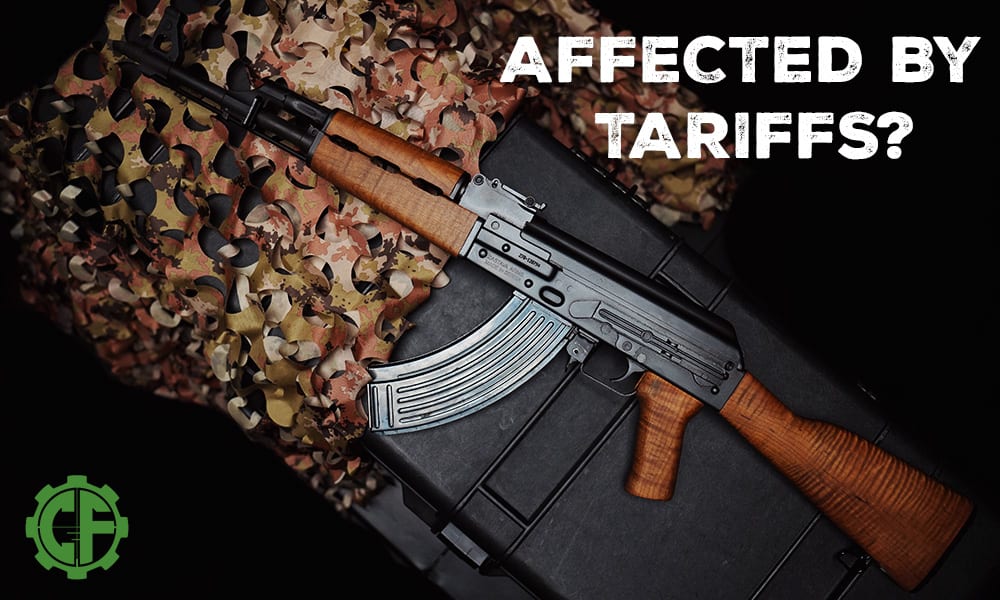A FEW DEFINITIONS
Many of you probably know what the action of a firearm is. But for our new friends, I want to go over a few definitions that will help you understand the difference in a hammer-fired pistol and a striker-fired pistol.
Tisas Zigana PX-9 Striker Fired Pistol
ACTION is the relationship between the trigger, hammer, cocking, and the process of firing the gun. You need to understand the difference between single-action and double action. It is as easy as it sounds; SINGLE- ACTION uses mechanisms that perform only one action when the trigger is pressed. That action is the release of the hammer. DOUBLE-ACTION is when the trigger is pressed, and the action is set in motion that requires two actions to fire the firearm. The trigger press on a DOUBLE ACTION both cocks and releases the hammer in order to start the bullet on its way down the barrel. Now there are SINGLE-ACTION/DOUBLE-ACTION SEMI AUTOMATIC pistols. This style of pistol gives you the choice to either cock the hammer manually for SINGLE ACTION or leave the hammer down to allow it to perform in DOUBLE-ACTION.
WHY DID I DEFINE SINGLE ACTION AND DOUBLE ACTION?
If you are wondering why I went through the definitions of single action and double action when the subject of this blog is supposed to be striker-fired firearms and hammer-fired firearms, it's because the topics are very relatable to each other. Several features of a striker-fired pistol are what make it is so popular to consumers, especially when we are talking about carrying a firearm for concealment purposes. Without a hammer to cock, there is a little less room for error or accident while carrying, holstering, moving, and so on. The trigger pull is also lighter. Double action pistols or double/single action pistols in double-action mode frequently require around 10 pounds of pressure to break. A striker-fired pistols trigger pull is more around 5 pounds of pressure give or take, depending on the model of firearm. The reason for the lighter trigger pull is that after the slide is actuated, the firing pin is put into a half-cocked position, and is waiting for the quick follow-up shot. This action makes the trigger pull very manageable. Double action only pistols tend to have the heavier trigger pull.
Beretta 92FS Limited Centennial Edition Hammer Fired Single Action Pistol
WHAT IS THE DIFFERENCE BETWEEN STRIKER FIRED AND HAMMER FIRED PISTOLS?
Hammer-fired pistols have a trigger that releases or both cock and releases the hammer that produces the action of striking the firing pin. Of course, the firing pin, in turn, impacts the primer of the chambered round, causing the reaction that allows the pistol to send a bullet downrange. All of that put simply means that the firing pin, under spring pressure inside of the slide of the pistol will not move until the hammer impacts it, which in turn causes it to impact the cartridge's primer. The clean crisp trigger pull of hammer-fired pistols is what keeps shooters coming back for the latest and greatest in hammer-fired pistols and revolvers. Some even swear that hammer fired firearms are more accurate than striker-fired firearms.
Ruger Model 57 Hammer Fired Pistol
Striker fired pistols have a few advantages of their own. An obvious feature of the striker-fired design is that it has far less moving parts than a hammer-fired pistol. Unlike the hammer fire design, the striker-fired pistols operate with the striker under spring pressure inside of the slide. When the trigger is pulled, the retracted striker is released which strikes the primer of the chambered cartridge causing the reaction that sends the bullet down the barrel. Frequently produced with polymer frames, striker-fired pistols are usually light and great for concealment or as an everyday carry. An appreciated advantage of a striker-fired pistol over a hammer-fired pistol is all of the internal safeties that are factory built in to ensure confidence in how safe these pistols are to carry and shoot. Striker fired pistols are great. Are there any disadvantages at all? I can give you one example where a striker-fired pistol and its light trigger pull may (or may not) have a slight disadvantage. Have you ever seen on television or read in a newspaper where an armed citizen, or even a police officer in a defensive situation, states that they only fired two shots, but in actuality, they fired 10 shots at the perpetrator? That is because, in a stressed, adrenaline-filled, life, or death situation, we can lose our basic and even refined motor skills. The lighter trigger pull, in a situation like this, makes it easier for the shooter to continue to react by pulling the trigger over and over and truly thinking that they only fired a couple of shots. While there is no solution to how we react under pressure, just remember to shoot until the threat has been resolved.
SO WHICH IS BETTER?
Well, you probably need to try out both before you make your decision. Both styles have advantages and disadvantages. As always. the style preference may also depend on the intended use of the firearm. Shop All Semi-Automatic HandgunsShop All Handguns
Shop All Ammunition







